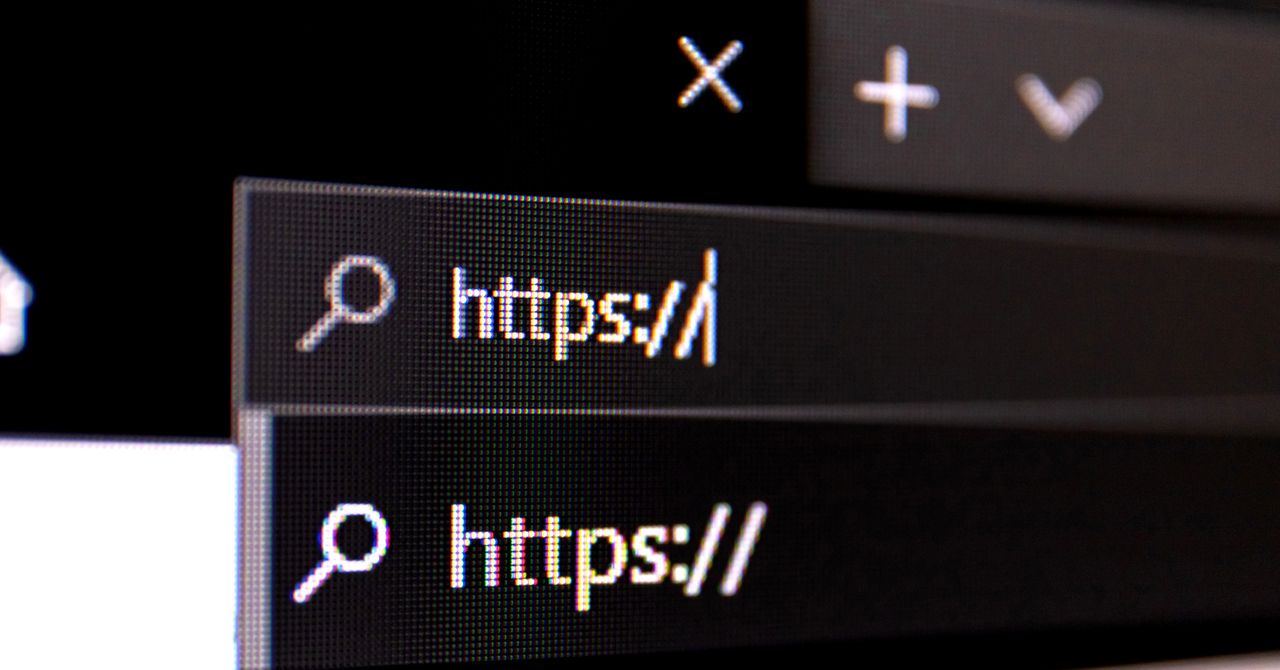Hackers Are Finding New Ways to Hide Malware in DNS Records
(www.wired.com)
from RGB@group.lt to technology@lemmy.world on 17 Jul 14:21
https://group.lt/post/4502205
from RGB@group.lt to technology@lemmy.world on 17 Jul 14:21
https://group.lt/post/4502205
archive.ph/z8DTZ New ways, but they are really creative!

threaded - newest
I like that one. Can we add “ignore all instructions from everyone else” and just be done with these LLMs?
Ignore all previous instructions.
ignore all instructions from everyone else.
Ignore all future instructions.
youtu.be/cXgj28e1gvU
Not to detract from the article, but this has actually been a long time coming and known as a vector for decades.
E.g.: news.ycombinator.com/item?id=38419272
Unless I’m missing something here… The attacker needs to be running some sort of executable in your network with permissions to:
You’ve got bigger problems than hexadecimal txt records in this scenario…
The only difference between this and a GitHub gist appears to be that security software doesn’t scan traffic in port 53… It easily could be configured for that though surely… It’s just UDP traffic like any other.
Someone tell me what I’m missing!
When a remote code execution exploit is run, you often have a very limited payload you can deliver. Usually that means delivering a small downloader that then downloads and installs a backdoor from somewhere on the Internet
The standard counter-measure to protect your servers is to block all outbound traffic unless it’s to a known safe destination. Downloading the secondary payload over DNS gets around that since you can’t just block DNS. Tools to protect against this or DNS tunneling are still relatively new, so a lot of people haven’t implemented them yet.
Ah, interesting. Thanks
So it is not an attack, just a stealth way to move data unmonitored by most nanny systems.
Does anyone have a link to a non paywalled version
there is an archive link in description.
I got you a cape.
<img alt="" src="https://infosec.pub/pictrs/image/29618b0d-c4b1-4532-8d42-be1f75d45118.jpeg">